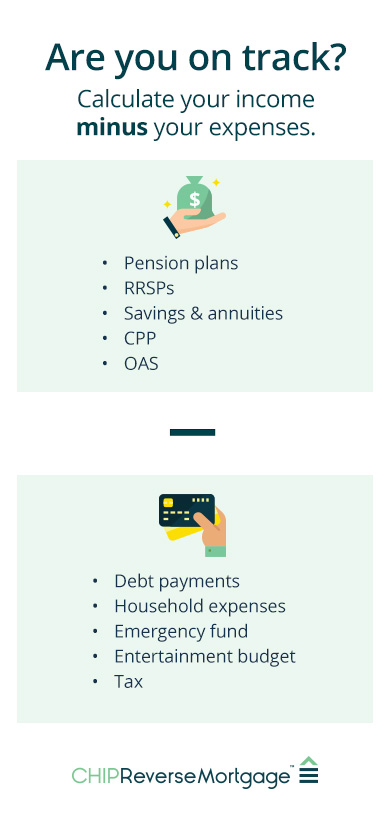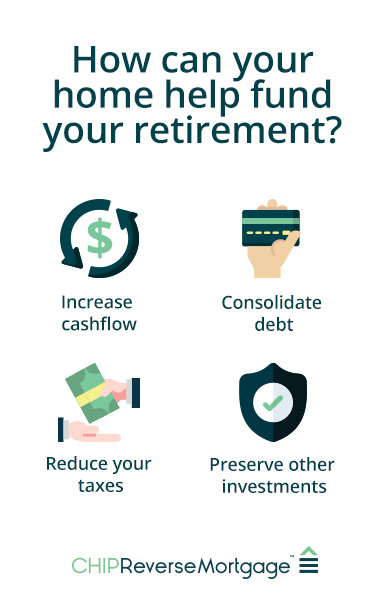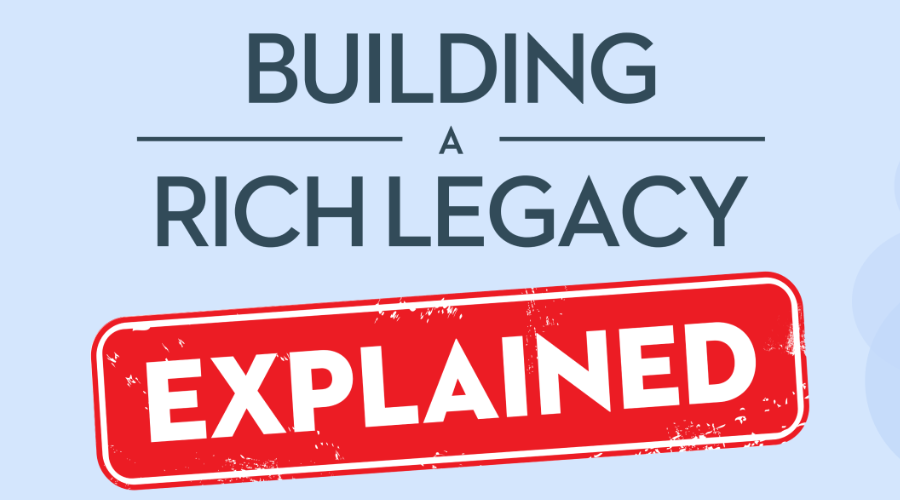Do you have any idea how much money you’ll need to save to retire in Canada? Half a million? A million? Two million?
According to a CIBC survey, on average, Canadians think they will have to save $756,000 for their retirement. But every retirement is different, depending on one’s unique needs, lifestyle and expenses. So, how do you work out how much is enough to retire your way?
Working out how much I need for your retirement
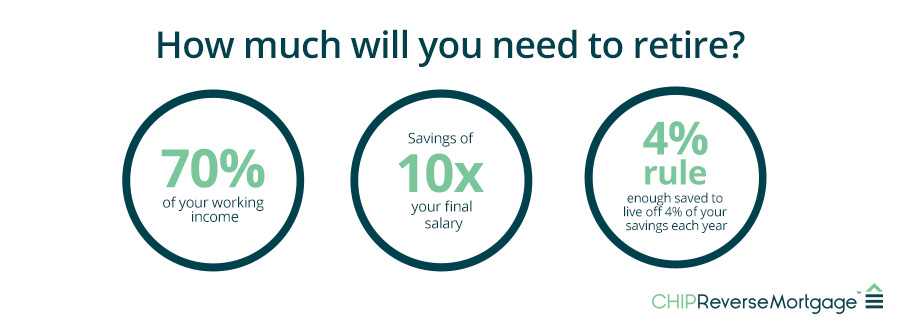
How much you need to retire in Canada is as individual as you are. It all depends on the kind of lifestyle and retirement that you want. Will you be travelling around the world or relaxing at home? Do you intend to work into your 70s or are you hoping to retire before you hit 60?
There are a number of theories for working out how much you need to save to retire comfortably:
- According to some investment advisors, you would need to have as much as 70% of your working income for a comfortable retirement
- Others believe you should save ten times your final salary at the point at which you retire
- The “4% rule” is another popular method for working out how much you would need to save for retirement in Canada. The idea is that you take out 4% of your savings for every year of retirement. For example, to be able to spend $40,000 a year in retirement, using the 4% rule, you would need to save $1,000,000

Start with calculating your guaranteed retirement income
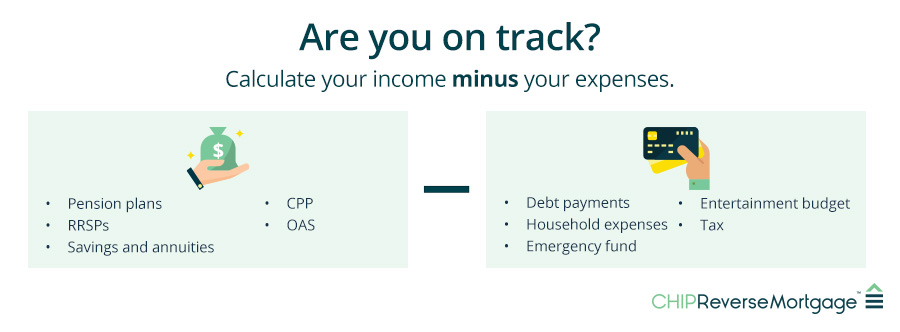
The first step in knowing how much you need to retire in Canada is to add up all income, including any company or private pension plans, personal or spousal RRSPs, other savings, and annuities. Be sure to also include payments from the government – specifically the Canada Pension Plan (CPP) and Old Age Security (OAS).
The amount you’ll receive from CPP will depend on how much you’ve contributed. The maximum is $1,154.58, but the average monthly payment in 2019 is only $664.41. Remember, you can increase the amount you receive by up to 42% if you wait until you’re 70. The maximum you will receive from OAS is $601.45 per month, but this amount depends on how long you’ve lived in Canada.
If your retirement planning calculations include your investments, it’s important to consider the tax implications and impact on your future portfolio. You will pay income tax on any RRSP/RRIF withdrawals.
Working out your retirement expenses
The second step in calculating how much money you need to retire is knowing all of your retirement costs. Once you’ve retired, some of your expenses will be considerably lower. There will be no commuting costs and you won’t need to buy business clothes or other work-related expenses.
That being said, today more Canadians are carrying debt into retirement. From credit card debt to mortgages, retirees are faced with a list of expenses in life after work that can put pressure on them to sell their home, downsize or rent.
When looking at your retirement expenses, it is important to:
- Include any debt or loan payments, including credit cards
- Calculate your usual household expenses, such as mortgage or rent payments, utilities and municipal taxes
- Factor in an emergency fund and a realistic entertainment or discretionary spending budget
- Remember to set aside enough at the end of the year to pay the tax man
Now is also the time to work out the expenses related to the type of retirement that you want. How much will it cost to travel or spend winters abroad, simply maintain your current home or do the renovations you always dreamed of? Consider your hobbies or whether you’ll want (or need) to give financial support to adult children or grandchildren. Include all the costs you’ll need for your ideal retirement.
Time to calculate the difference
The final step in knowing how much money you need to retire is to work out the difference between your annual income and expenses. For example, if your annual income is going to be $40,000 and your expenses are $80,000, you’ll need an extra $40,000 per year for a comfortable retirement.
Using the 4% rule (from the example above), how much you would need to save for retirement would be $1,000,000. If you find income and expense calculations to be too confusing, it’s a good idea to use a retirement calculator designed for Canada.
Using retirement calculators
Accurately working out compound interest, rates of return and inflation are beyond most people, so this is where retirement calculators come in handy. Be careful, though, as some retirement calculators are quite limited, plus it helps to use a retirement calculator specifically designed for Canada.
The Government of Canada’s retirement calculator is really useful. It allows you to enter RRSP and TFSA account information, as well as CPP and OAS details and income from company and private pensions.
This retirement savings calculator from BMO also takes into account your preferred investment style (the risk level you are willing to tolerate) and delivers a customized report detailing how much you will need to save to reach your retirement goal.
A Canadian retirement income calculator can be a really helpful tool to not only work out how much you need to save to retire, but also when you will be able to retire.
More Resources for Planning Your Retirement Finances
- When do you need to start retirement planning in Canada?
- Saving for Retirement in Canada can be Difficult
- How to Start Retirement Planning in Canada?
How to save for retirement
Once your retirement planning calculator has worked out how much money you will need to retire, it’s time to work towards that goal. Starting to save at an early age is really important if you’re going to comfortably reach your retirement savings goals.
By starting early, you’ll benefit the most from compound interest (a process where you start earning interest on your interest). If, for example, you started saving $750 a month at age 30 and retired at 65, you could save just over $1 million*.
To save the same amount of money if you started at 40 years of age, however, those monthly amounts you would have to tuck away would skyrocket to $1,542. By delaying your start by just 10 years, you will have to make up for it by doubling the amount you save each month.
What if I can’t save enough for retirement?
After using a retirement savings calculator and working out how much money you need to save to retire in Canada, you may find that the final figure is simply out of reach. This can often happen if you started saving later in life. If that is the case, you do have several options. You could:
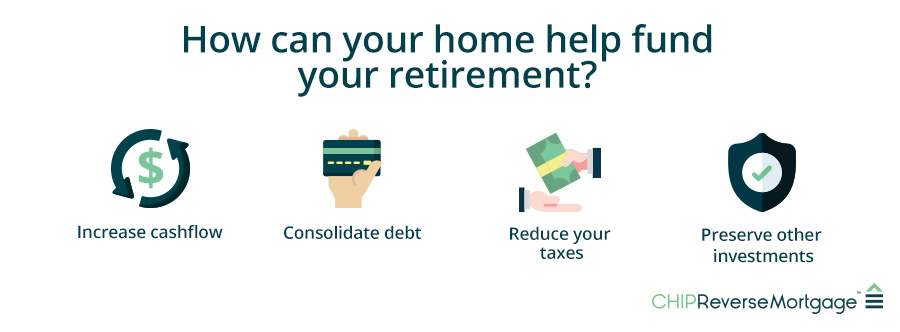
- Take a part-time job or rein in your retirement plans – this could mean less travelling or a later retirement
- Start up a business or rent out part of your home – either a room or a basement apartment
- Downsize, but this can be quite costly, plus the realtor fees and land transfer tax can take a considerable chunk out of your equity
Alternatively, you could take out a reverse mortgage and cash in up to 55% of the value of your home without having to make any mortgage payments. If you’re interested in seeing how much tax-free cash you could receive, try our reverse mortgage calculator now!
You get to stay in your home with an improved retirement income and only have to pay the loan if and when you decide to sell.
Find out how the CHIP Reverse Mortgage® can help boost your retirement income by calling us at 1-866-522-2447 or get your free reverse mortgage estimate now.



